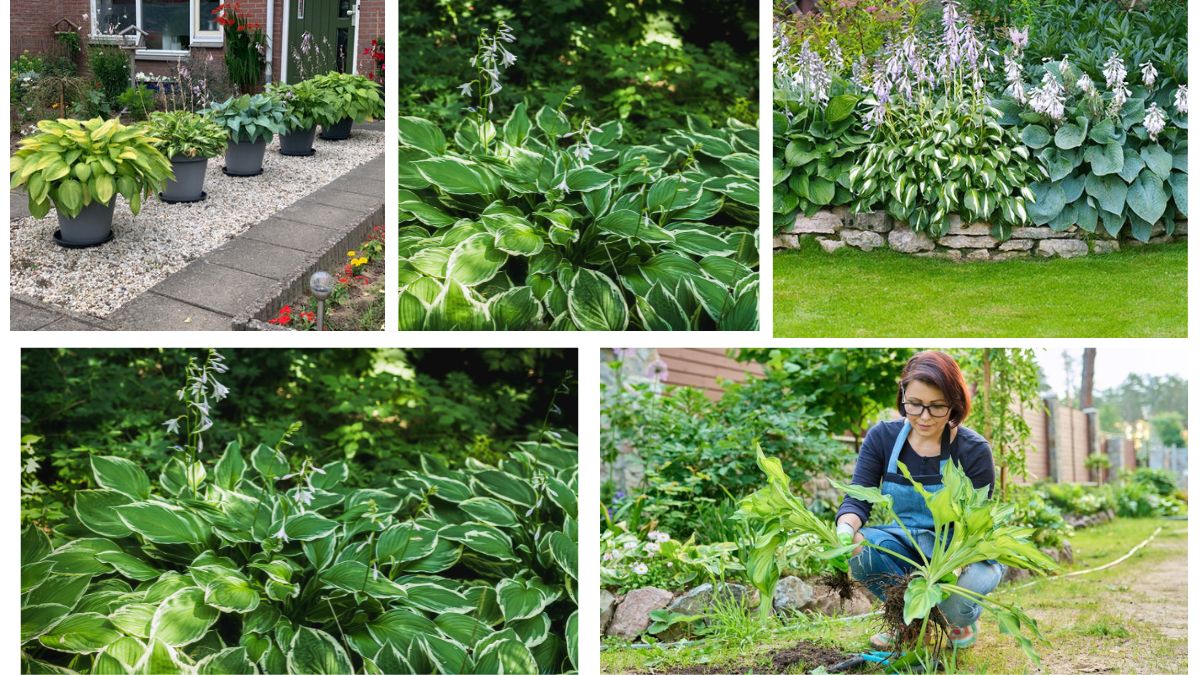Hostas are one of the most beloved shade-loving perennials in gardens around the world. Known for their lush, textured foliage and graceful growth habits, these hardy plants come in a dazzling array of sizes, colors, and leaf patterns. From rich deep greens to silvery blues and golden yellows, hostas add depth, color, and structure to shaded garden spaces.
But as easy as hostas are to grow, they do have preferences when it comes to their location. If you’ve ever wondered, “Where can you plant hostas for the best results?”, this article will guide you through the ideal growing conditions, planting spots, and care tips to help your hostas thrive year after year.
Why Choose Hostas for Your Garden?

Before we dive into where to plant them, let’s briefly appreciate why hostas are such cherished plants:
- Wide variety of foliage colors, shapes, and sizes.
- Excellent for shady spots where other plants struggle.
- Require minimal maintenance once established.
- Perfect for borders, under trees, along walkways, or as ground cover.
- Some varieties produce fragrant summer blooms.
- Tolerant of a range of soils and climates.
With these benefits in mind, selecting the right planting location ensures you get the most out of these versatile plants.
Ideal Growing Conditions for Hostas
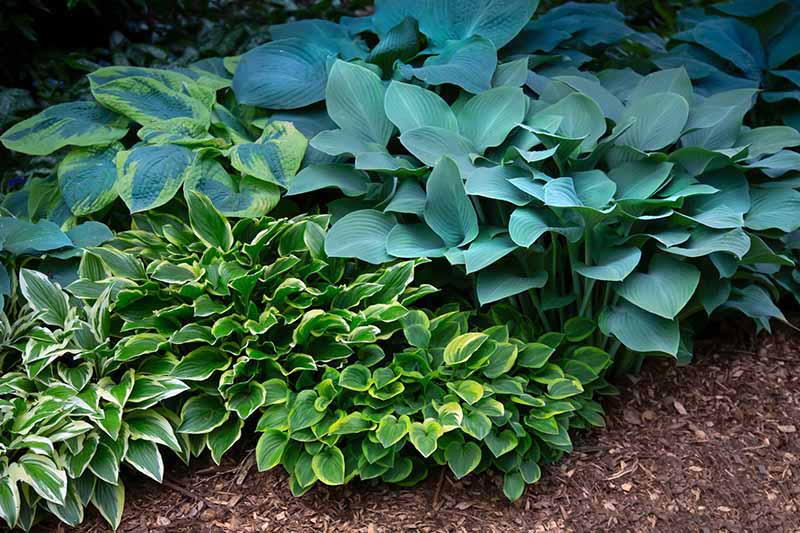
Hostas are relatively adaptable, but for optimal health, appearance, and growth, they have some clear preferences:
1. Light Requirements
Hostas are traditionally known as shade-loving plants, but their light tolerance depends on the variety:
- Green and blue-leaved hostas prefer full to partial shade.
- Yellow and gold-leaved hostas can tolerate more sun, especially in cooler climates.
Ideal Light Exposure:
- Morning sun and afternoon shade is best.
- Avoid harsh, direct midday and afternoon sunlight, especially in warmer regions, as it can scorch the leaves.
2. Soil Preferences
Hostas thrive in moist, well-draining, and nutrient-rich soil. Their shallow root systems need a consistent supply of moisture but dislike soggy, waterlogged conditions.
Soil Tips:
- Slightly acidic to neutral soil (pH 6.0–7.5).
- Enrich with organic matter like compost, leaf mold, or aged manure.
- Good drainage is essential to prevent root rot.
3. Water Requirements
Hostas prefer consistent moisture, especially during the growing season (spring to early fall).
Best Practices:
- Water deeply when the top inch of soil feels dry.
- Mulch around plants to retain moisture and regulate soil temperature.
- Avoid overhead watering to reduce the risk of leaf spots and fungal issues.
Where to Plant Hostas for Best Results
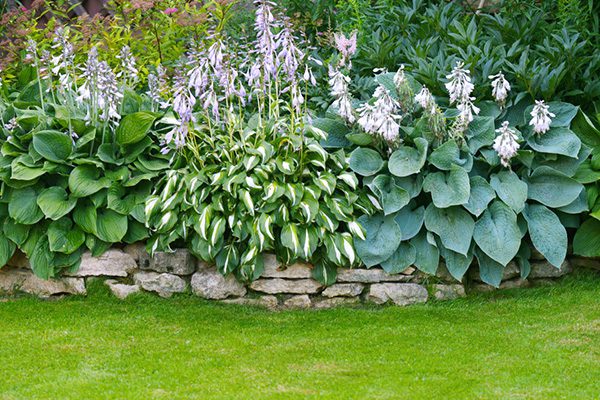
Now that we know what hostas love, let’s explore the best locations in your garden to plant them.
1. Under Trees and Canopies
One of the most classic and effective spots for hostas is under the dappled shade of trees. Mature trees with high canopies provide filtered sunlight, mimicking hostas’ native woodland environment.
Tips:
- Choose trees with deeper root systems (like oaks or maples) so they don’t compete as much for surface moisture.
- Avoid aggressive surface-rooted trees like silver maples or willows.
2. North or East-Facing Garden Beds
Hostas thrive in locations that receive gentle morning sun and afternoon shade. North or east-facing garden beds or sides of houses and fences often provide the perfect balance.
Benefits:
- Protection from the intense afternoon heat.
- Bright, indirect light promotes healthy leaf color and growth.
3. Along Walkways and Paths
The lush, overlapping foliage of hostas makes them excellent border plants along garden paths and walkways. Their mounding growth habit softens edges and adds visual interest.
Considerations:
- Choose varieties suited to the space (dwarf hostas for narrow paths; large varieties for broader borders).
- Provide adequate spacing to allow for mature spread.
4. In Shaded or Woodland Gardens
If you have a shady, tree-dense area or woodland-style garden, hostas are ideal for creating layered planting schemes. They pair beautifully with ferns, astilbes, bleeding hearts, and shade-tolerant groundcovers.
Design Tip:
- Use different sizes and colors of hostas for texture contrast and seasonal interest.
5. In Containers
Hostas also perform well in pots and containers, making them perfect for patios, balconies, and courtyards with shaded spots.
Container Planting Tips:
- Use a well-draining potting mix rich in organic matter.
- Choose containers with good drainage holes.
- Water regularly, as potted hostas dry out faster than those in the ground.
- In colder climates, protect containers from freezing temperatures over winter.
Planting Hostas: Step-by-Step
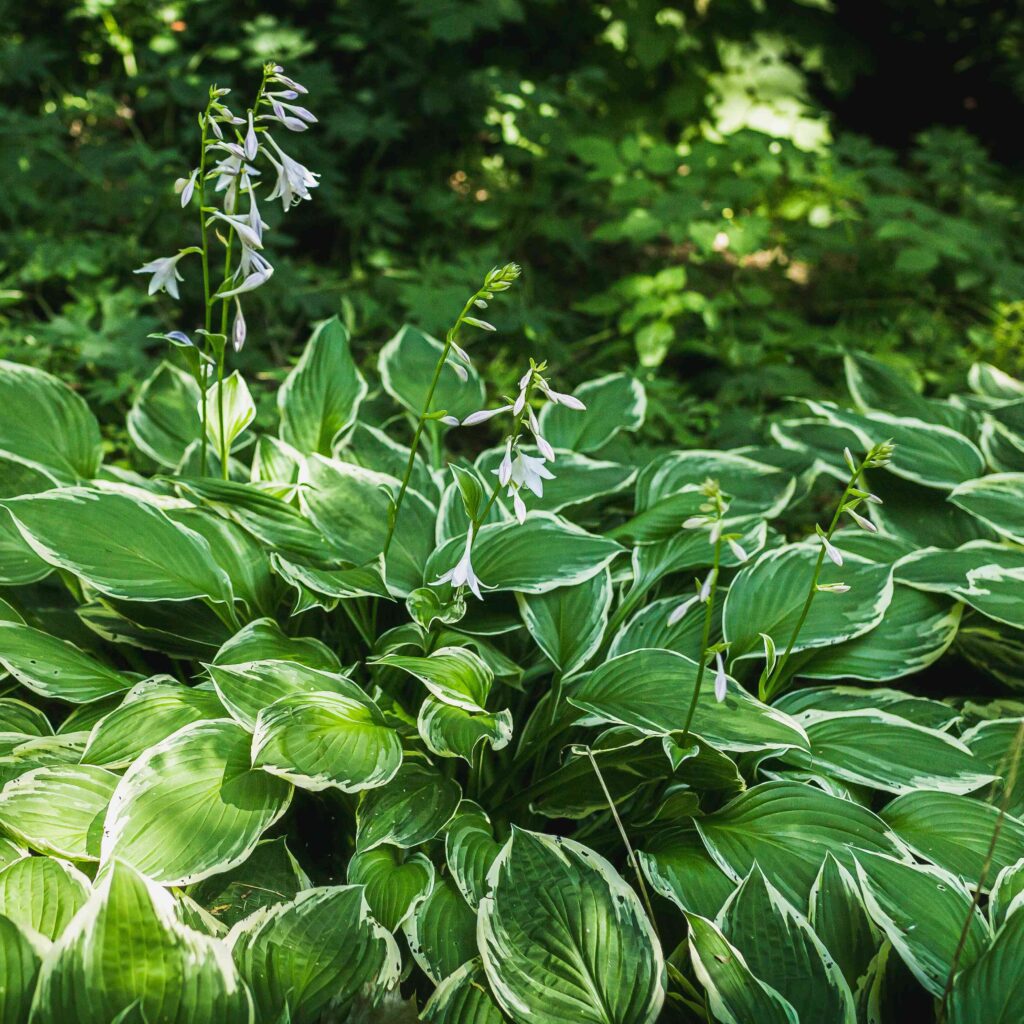
Once you’ve chosen the perfect spot, follow these steps for successful planting:
1. Choose Healthy Plants or Divisions
Purchase well-established nursery plants or divide mature hostas in early spring or fall.
2. Prepare the Soil
Loosen the soil to a depth of 12 inches. Mix in compost or organic matter to improve texture and drainage.
3. Dig the Hole
Make a hole slightly wider and deeper than the plant’s root ball or division.
4. Plant at the Right Depth
Position the hosta so that the crown (where the leaves emerge) sits just at or slightly below soil level.
5. Water Thoroughly
After planting, water deeply to settle the soil around the roots.
6. Apply Mulch
Spread a 2–3 inch layer of organic mulch around the base to retain moisture and deter weeds, but keep it away from direct contact with the plant crown.
Additional Hostas Care Tips for Best Results
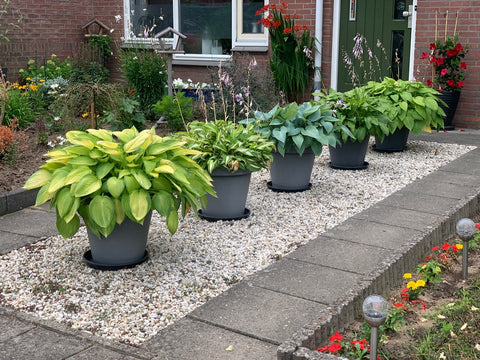
To keep your hostas healthy and looking their best:
- Divide every 3–5 years to rejuvenate crowded clumps.
- Protect from slugs and snails, especially in damp conditions.
- Fertilize in spring with a balanced slow-release fertilizer.
- Remove dead or damaged leaves as needed.
- Water during dry spells, especially in late spring and summer.
Popular Hostas Varieties to Try
For different garden spots, here are a few excellent hosta varieties:
| Variety | Leaf Color | Size | Light Tolerance |
|---|---|---|---|
| ‘Halcyon’ | Blue-green | Medium | Partial to full shade |
| ‘Sum and Substance’ | Chartreuse | Very large | Light shade to sun |
| ‘Patriot’ | Green with white edges | Medium | Partial shade |
| ‘Mouse Ears’ | Blue-green | Small | Shade |
Conclusion
Hostas thrive best in spots with rich, moist, well-drained soil and partial to full shade, making them perfect for areas that challenge other plants. From under mature trees to north-facing garden beds and shaded walkways, choosing the right location allows your hostas to display their lush foliage and, in some cases, delicate summer blooms to their fullest potential.
With their ease of care, adaptability, and elegant foliage, hostas remain a top choice for gardeners seeking beauty in shaded and partially lit spaces. By providing the right environment — with good soil, consistent moisture, and appropriate light exposure — your hostas will reward you with years of graceful, low-maintenance beauty.
